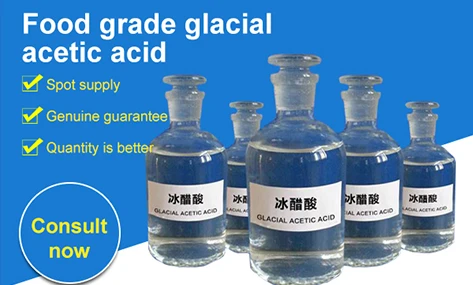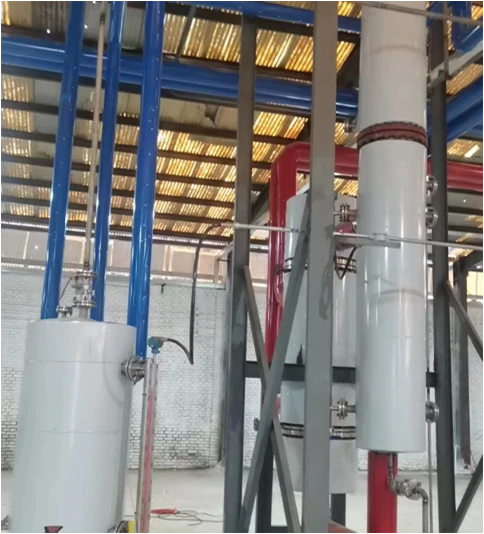
2 月 . 16, 2025 15:13 Back to list
difference between glacial acetic acid and vinegar
Glacial acetic acid and vinegar, though similar in chemical structure, serve vastly different purposes and possess unique properties that influence their industrial and culinary uses. Understanding their distinctions is crucial for professionals in food production, chemical manufacturing, and even healthcare industries. This article will delve into the primary differences between these two substances, emphasizing their applications, safety considerations, and chemical characteristics.
In terms of functionality, glacial acetic acid's high purity and concentration allow it to act as a solvent and catalyst in various industrial reactions. It is a precursor for vinyl acetate monomer, which is foundational in producing adhesives and paints. Conversely, vinegar, because of its lower concentration and natural derivation, is more relevant in dietary and household contexts. It is often employed as a natural disinfectant and mild cleaning agent, taking advantage of its bactericidal properties. Despite both substances containing acetic acid, their chemical concentration, method of production, and usage differentiate them significantly. Professionals in relevant fields must recognize these distinctions to ensure safe practices and optimal application of each. For instance, using glacial acetic acid in food production without proper dilution would be hazardous and illegal, whereas vinegar is deliberately applied in various food preservation techniques. Moreover, glacial acetic acid's industrial relevance extends beyond applications in chemical manufacturing. In the pharmaceutical sector, it assists in synthesizing aspirin and serves as a reagent in various patents. Its concentrated nature offers unparalleled chemical reactivity, which is essential for complex synthesis processes. In summary, while glacial acetic acid and vinegar both contain acetic acid, they cater to distinct needs based on their concentration and properties. Understanding these differences is crucial for ensuring their effective and safe use across different sectors. Professionals exposed to these substances must adhere to appropriate safety standards, especially when dealing with the more corrosive glacial acetic acid, to harness their full potential safely and efficiently.


In terms of functionality, glacial acetic acid's high purity and concentration allow it to act as a solvent and catalyst in various industrial reactions. It is a precursor for vinyl acetate monomer, which is foundational in producing adhesives and paints. Conversely, vinegar, because of its lower concentration and natural derivation, is more relevant in dietary and household contexts. It is often employed as a natural disinfectant and mild cleaning agent, taking advantage of its bactericidal properties. Despite both substances containing acetic acid, their chemical concentration, method of production, and usage differentiate them significantly. Professionals in relevant fields must recognize these distinctions to ensure safe practices and optimal application of each. For instance, using glacial acetic acid in food production without proper dilution would be hazardous and illegal, whereas vinegar is deliberately applied in various food preservation techniques. Moreover, glacial acetic acid's industrial relevance extends beyond applications in chemical manufacturing. In the pharmaceutical sector, it assists in synthesizing aspirin and serves as a reagent in various patents. Its concentrated nature offers unparalleled chemical reactivity, which is essential for complex synthesis processes. In summary, while glacial acetic acid and vinegar both contain acetic acid, they cater to distinct needs based on their concentration and properties. Understanding these differences is crucial for ensuring their effective and safe use across different sectors. Professionals exposed to these substances must adhere to appropriate safety standards, especially when dealing with the more corrosive glacial acetic acid, to harness their full potential safely and efficiently.
